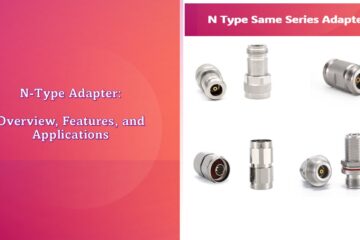Introduction:
A Yagi antenna, also known as a Yagi-Uda antenna, is a type of directional antenna commonly use in radio communication systems. It is name after its inventors, Japanese scientists Hidetsugu Yagi and ShintaroUda.
The Yagi antenna consists of a driven element, typically a dipole or folded dipole, and one or more parasitic elements. Which are passive elements that reflect or direct the signal. The parasitic elements are typically a series of metal rods arrange in a specific pattern and space at specific intervals.
The Yagi antenna is a high-gain antenna, which means that it concentrates radio frequency (RF) energy in a specific direction. This makes it useful for point-to-point communication over long distances, such as in amateur radio, Wi-Fi, or television broadcast systems.
The Yagi antenna is design to operate at a specific frequency and the length of the elements. And their spacing is a critical factor that affects their performance. The antenna gain can be further increase by adding more parasitic elements. Or using a reflector element.
Yagi antennas are relatively simple to construct and can be built using readily available materials. They can be use in a variety of applications, from small indoor antennas for Wi-Fi routers to large outdoor antennas for long-distance communication.
Advantages Of Yagi Antennas:
One of the advantages of Yagi antennas is their directional nature, which makes them less prone to interference from other sources. However, this also means that they must be point directly at the signal source for optimal performance.
Overall, Yagi antennas are a popular choice for many radio communication applications due to their high gain, directional nature, and relatively simple construction.



0 Comments